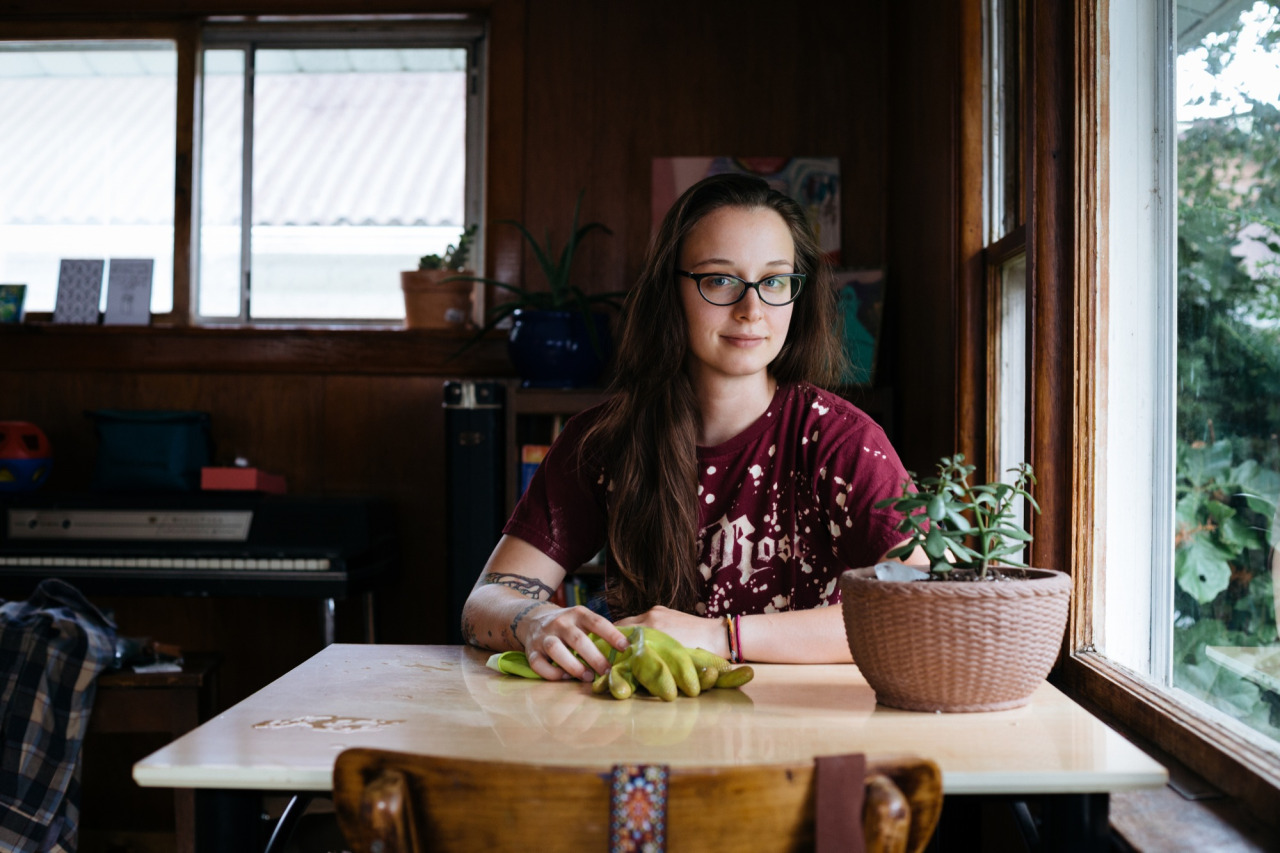Welcome to Art Fair
Every year, during the hottest week of the summer, Ann Arbor puts on a giant art fair, shutting down streets downtown and welcoming thousands of people over four days.
I’ve been to Art Fair several times, but this is my first time working on campus during the event. As the artists set up their booths, I walked around town grabbing some of the behind-the-scenes shots.
It’s fun, seeing the event before the event starts. A lot of the art was already on display, but many artists didn’t have their tent up yet, and their wares were sprawled out on the University of Michigan lawn, waiting for hanging.
There were these weird juxtapositions, like fake cactus and palm trees baking in the Midwestern sun, or giant metal sculptures just hanging out on University Ave. And hot. Everything was hot.
Should be a fun couple of days, trying to get into work.
For a few minutes yesterday, though, the setup gave me a great chance to wander around and see what I could see.
A suggestion: If you find an artist you like at one of these art fairs, a good way to support them is to buy a small print or notecard, especially if you can’t afford one of their bigger prints. I found one from photographer Amber Tyrrell that I really liked, so I bought a notecard from her. Three bucks and some change is an easy vote of confidence.
Any little bit of support helps the artists, helps the arts economy, and makes the whole humid thing seem worth it.













































